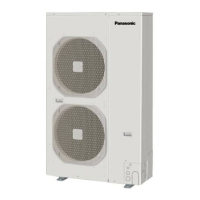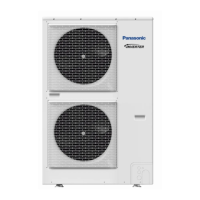F569817
Operating Instructions
Air Conditioner
Model No.
Indoor Units Indoor Units Outdoor Units
Wall Mounted 4-Way Cassette mini 2WAY
(K2 type) 60x60 (Y2 type) (LE1 type) (ME1 type)
S-22MK2E5A S-22MY2E5A U-4LE1H4(E) U-8ME1H7(E)
S-28MK2E5A S-28MY2E5A U-5LE1H4(E) U-10ME1H7(E)
S-36MK2E5A S-36MY2E5A U-6LE1H4(E) U-12ME1H8(E)
S-45MY2E5A U-4LE1H7(E) U-14ME1H8(E)
S-56MY2E5A U-5LE1H7(E) U-16ME1H8(E)
U-6LE1H7(E) U-18ME1H8(E)
U-20ME1H8(E)
* Shows K2 type (Wall Mounted)
ENGLISH
Before operating the unit, read these operating instructions thoroughly and keep them for future reference.
2 ~ 15
B.MALAYSIA
Sebelum menggunakan unit ini, baca arahan operasi ini dengan teliti dan simpan untuk rujukan masa depan.
16 ~ 29
中文
在操作空調器前, 請細讀此操作說明, 並保存此書以備日後參考。
30 ~ 43
Panasonic Corporation
1006 Kadoma, Kadoma City, Osaka, Japan




